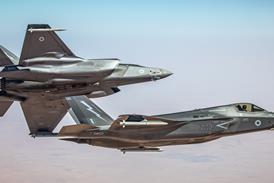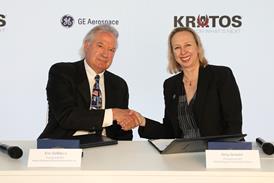The Bahrain Civil Aviation Affairs (CAA) office has revealed extensive details of the flight of the Gulf Air Airbus A320 which crashed into the sea off Bahrain on 23 August, but provides no answers for the loss of the aircraft and the 143 on board.
The pilot was flying a go-around manually, having been cleared by air traffic control to turn left downwind to reposition for another approach, says the CAA. The aircraft entered a "rapid descent" from just over 1,000ft (300m) and its ground speed shortly before impact was "approximately 270kt" (500km/h), it adds.
The aircraft had initially been cleared for a VOR/distance measuring equipment (DME) approach to runway 12. It was dark, surface wind was easterly at 8kt, and visibility was more than 7km. There were no reports of low-level jetstream activity, which can cause windshear. The autopilot was disconnected at an unspecified point on the aircraft's first approach and not engaged for the remainder of the flight, the CAA says.
Airspeed was "above normal" with about 1nm to go on the first approach, the CAA says, so the pilot carried out a 360° left orbit from that point at about 600ft. This turn was "tight", the A320 never venturing more than 1.5nm from the runway threshold, and when the aircraft ended its turn to the right of the extended centreline the pilot elected to go around a second time. He was cleared to turn left on to 300° and climb to 2,500ft for a radar vectored downwind leg. The FDR indicates that the aircraft's speed "began to increase" as the pilot initiated a climb.
A left 180° turn from the approach to runway 12 entails turning out to sea, so the pilot would lose sight of the airport and of lights on Bahrain. Before the aircraft went into its fatal descent, it had not reached the cleared 300° heading, but had taken up a heading of 340°.
Source: Flight International























